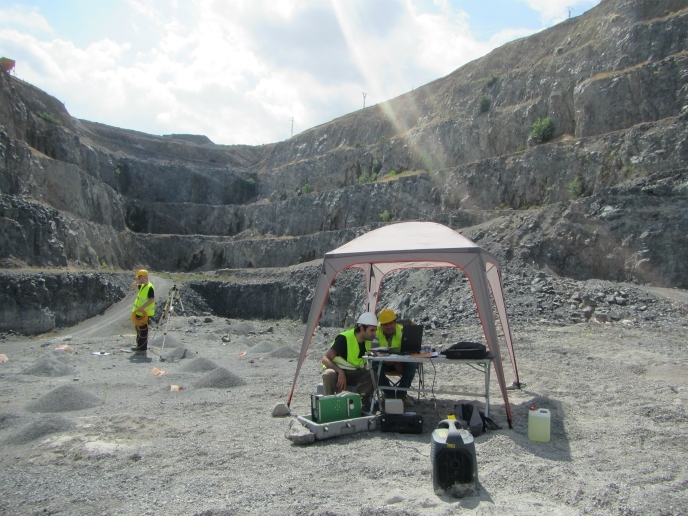Novel modular aircraft design
Over the past 50 years, the aircraft industry has progressively modified aircraft design for increased operational efficiency according to the latest technological developments. Today, commercial aircraft are manufactured according to an almost universal configuration. With increasing globalisation, consumer and cargo air traffic are expected to double over the next 20 years. Aircraft design must evolve to increase efficiency while minimising environmental impact, given that air traffic already contributes significantly to carbon dioxide (CO2) emissions and ground-level noise. The EU-funded ‘New aircraft concepts research’ (NACRE) project investigated alternatives to current parts with a focus on integrating and validating new technologies. Scientists aimed for modular design leading to a range of new components or units (cabin, wing, fuselage, etc.) rather than one complete new aircraft configuration. Nevertheless, the consortium identified four types of future aircraft to be considered. Pro-green (PG) aircraft emphasised reducing the environmental impact of travel whereas the passenger-driven flying wing (FW) concept focused on minimising fuel consumption while maximising passenger transport efficiency. The payload-driven aircraft (PDA) emphasised the payload (passengers, cargo, foods and beverages, fuel, oil, etc.) in a sort of inside-out design, emphasising quality for end users. Finally, the simple flying bus (SFB) concept emphasised minimising manufacturing costs and cost of ownership. Throughout the investigations, partners sought to set new standards of affordability and reliability while meeting ever-stricter environmental constraints regarding noise and emissions. The NACRE consortium considered the four aircraft concepts as well as designs for wings and tails, engines and the fuselage (or body) of the plane including the cabin. NACRE investigations and resulting designs should be important in developing tomorrow’s aircraft for greater efficiency with reduced CO2 emissions and noise. All of these factors will be critical given the tremendous increase in air traffic expected in the near future.







